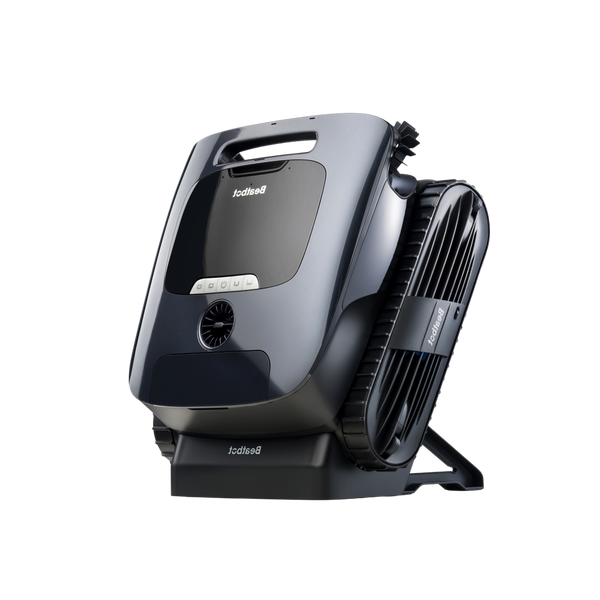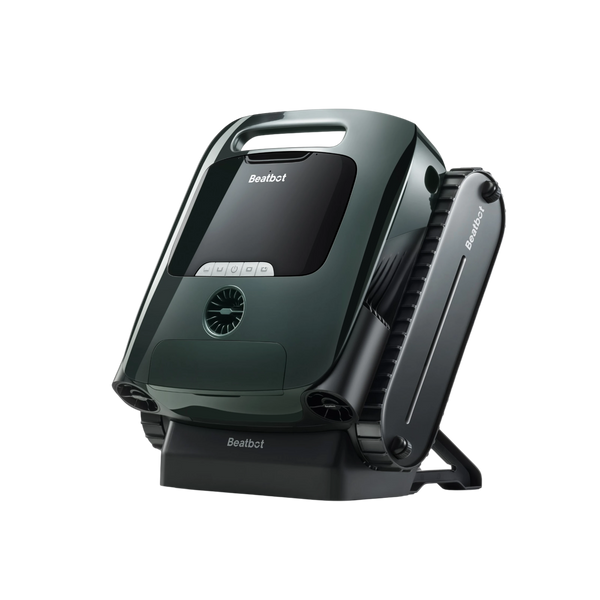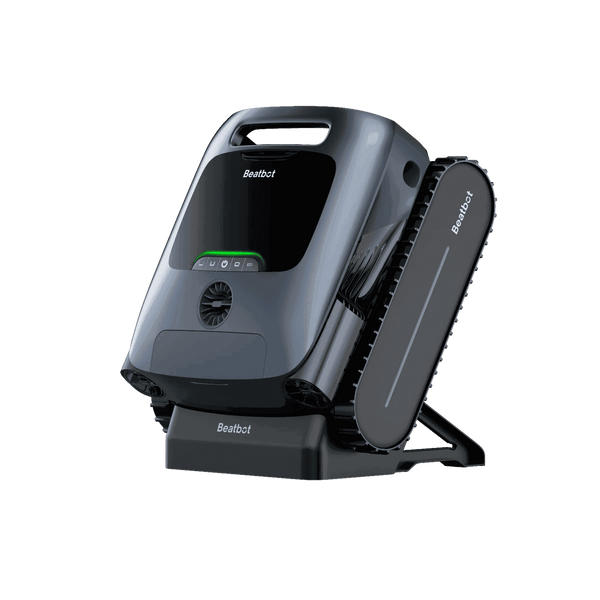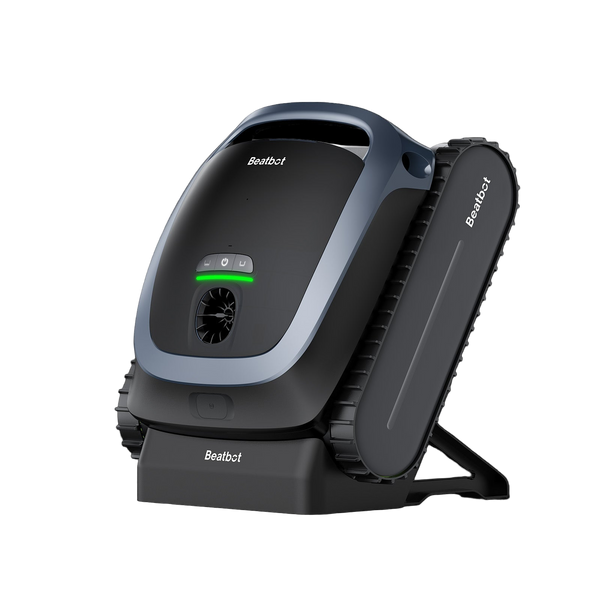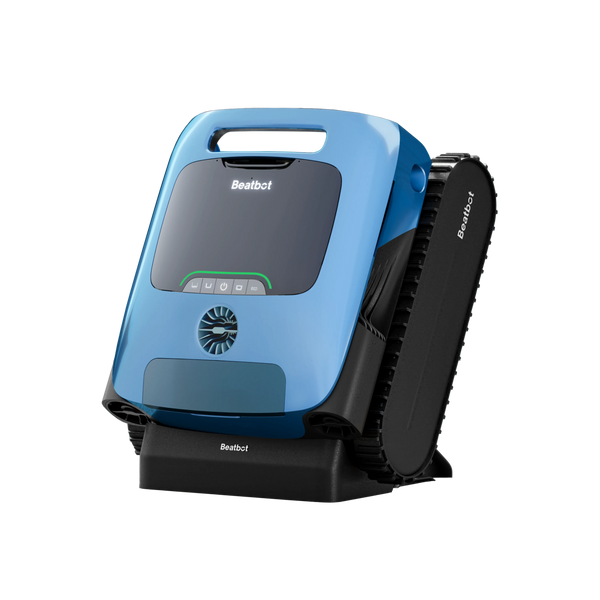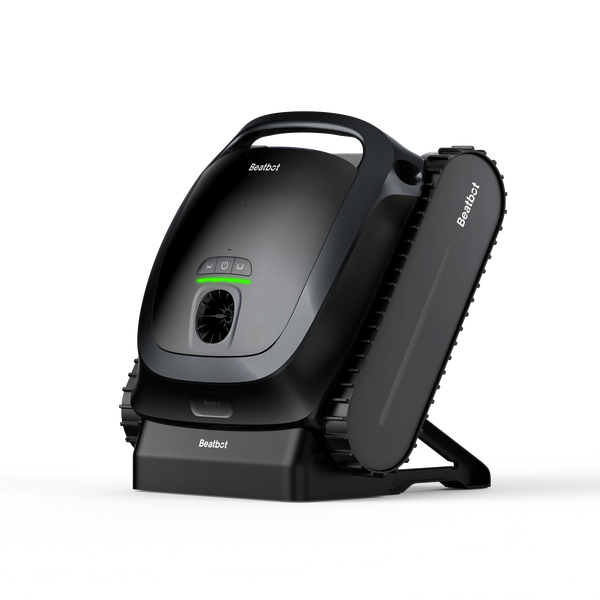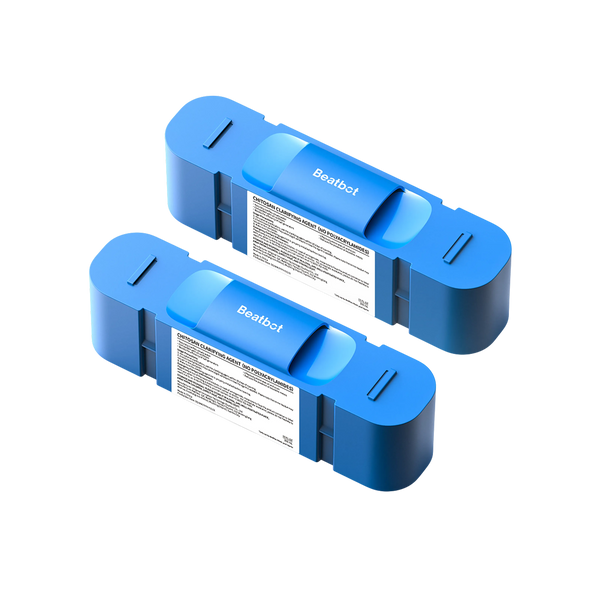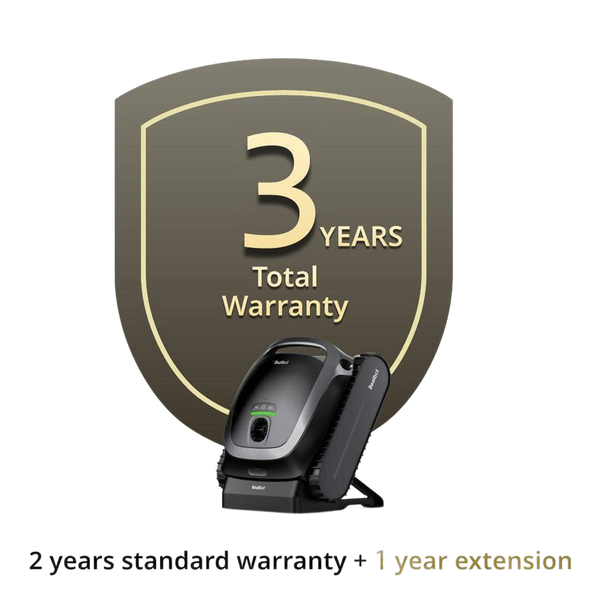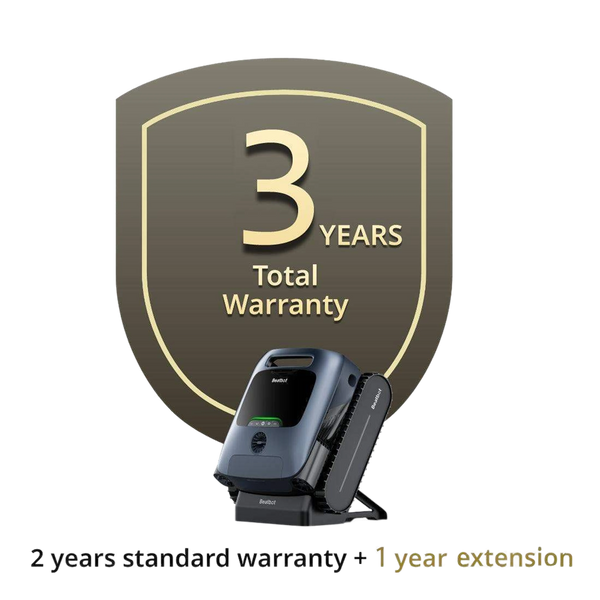Adding or Reducing Water in a Pool: Does It Impact the Alkalinity Levels?
Let's face it - your pool water level never stays the same. Between splashing kids, summer evaporation, and those unexpected rain storms, you're constantly dealing with changing water levels. While adding or removing water might seem straightforward, many pool owners worry about how these changes affect their pool's alkalinity. After all, perfect water chemistry keeps your pool safe and sparkling.
Table of content

The Science Behind Pool Water and Alkalinity
Think of alkalinity as your pool's chemical shield. It fights the rapid pH changes that can turn your pool into a maintenance nightmare. When we talk about total alkalinity, we're looking at all the compounds in your pool that help maintain this stability - mainly bicarbonates, carbonates, and hydroxides.
Waters not just a simple H2O in your pool. It's a complex solution where every gallon matters. Your pool's alkalinity level works like a buffer zone, absorbing the shock of chemical changes that happen every day. Rain, debris, and even those granules of shock treatment you add weekly all try to push your pool's chemistry out of whack. But with proper alkalinity levels, your pool can handle these challenges without major pH swings.
When You Add Fresh Water
Just imagine, It's mid-July, and your pool's water level has dropped below the skimmer. You grab the garden hose and start topping it off. But here's what's really happening - you're not just adding water, you're changing your pool's entire chemical makeup.
Fresh water typically has different alkalinity levels than your carefully balanced pool. City water might come in at 50 ppm , while your pool needs to maintain 80-120 ppm for optimal performance. Adding significant amounts of fresh water essentially dilutes your pool's existing alkalinity. This doesn't always mean trouble, but it definitely requires your attention.
The impact varies based on how much water you're adding and your source water's properties. A few inches of top-off might only need minor adjustments, while refilling after a major repair could require a complete rebalancing of your pool's chemistry.
Removing Pool Water: What Happens?
Draining some pool water might seem less disruptive than adding it, but don't let that fool you. Whether you're backwashing your filter or lowering the water level for maintenance, each gallon removed affects your pool's alkalinity concentration.
Here's the twist many pool owners miss: removing water can actually concentrate the remaining chemicals. Think about making orange juice - if you pour out half your perfectly mixed glass and don't add water back, what's left is stronger. Your pool works similarly, but with more complex chemistry at play. During a partial drain, the alkalinity level in your remaining water might spike, throwing off that delicate balance you've worked so hard to maintain.
For deeper drains - like when you're removing more than a quarter of your pool's water - you'll face bigger chemical shifts. The relationship isn't always linear either. Environmental factors like air temperature and humidity can concentrate chemicals even further as water evaporates during the draining process.
Testing and Monitoring Changes
When to Test
Stop guessing about your pool's chemistry. Pull out those test strips or your liquid test kit when these situations pop up:
- Right after a heavy rainstorm dumps water in your pool
- When you've topped off more than 2 inches of water
- Before and after backwashing your filter
- If you've drained any significant amount of water
Remember - testing before and after water level changes gives you the full picture. You'll spot trends and catch problems before they spiral into bigger issues.
How to Test Accurately
Skip the shortcuts - they'll cost you more time in the long run. Grab a water sample from 18 inches below the surface, away from return jets. Don't trust week-old test strips or expired testing solutions. Your readings need to reflect what's actually happening in your pool right now, not what might have been true last season.

Balancing Act: Maintaining Proper Levels
Getting your alkalinity right isn't rocket science, but it does take attention to detail. Start by knowing your target range - most pools need total alkalinity between 80 and 120 ppm. This sweet spot prevents pH bounce and protects your pool's surface and equipment.
After water level changes, you've got options. To raise alkalinity, sodium bicarbonate works best. It's quick, effective, and won't mess with your other chemical levels. But here's the key - add it in stages. Dumping in the whole dose at once can cloud your water and actually work against you. Spread it out around the pool's deep end, run your pump for an hour, then test again.
Lowering high alkalinity takes more patience. Muriatic acid does the job, but you'll want to concentrate it in one spot - usually near a return jet. This creates a small pocket of low-pH water that gradually lowers total alkalinity without throwing your whole pool out of balance. The process might take a few days, but rushing it leads to bigger headaches.
Common Mistakes to Avoid
Let's talk about what not to do. Some pool owners try fixing alkalinity problems by dumping in chemicals without testing first. That's like trying to hit a target blindfolded. You might get lucky, but chances are you'll miss the mark completely.
Another classic error? Ignoring how different pool chemicals interact. Adding chlorine shock and alkalinity increasers on the same day can trigger a chemical war in your pool. Space out your treatments - give each adjustment time to stabilize before making another move.
Watch out for the weather factor too. Rain affects your pool chemistry differently than evaporation. Don't assume that because your water level changed the same amount, your chemical needs will be identical. Each situation needs its own game plan.
The biggest blunder? Treating symptoms instead of causes. If your alkalinity keeps dropping after water additions, look deeper. You might have underlying issues with your source water or chemical storage that need addressing.
Professional Tips
Save yourself months of trial and error. Keep detailed records of your water tests, especially around water level changes. You'll spot patterns in how your pool reacts to different situations. Your source water's alkalinity level makes a huge difference - knowing it helps you predict how much adjustment you'll need.
Mix things up when adding chemicals. Instead of always dumping them in the deep end, try broadcasting them across the pool surface while your pump runs. This often leads to better distribution and faster results.
Got an automatic pool filler? Great tool, but don't let it make you lazy about water chemistry. Those small, constant additions can sneak up on you. Set a regular testing schedule that matches your pool's personality.

Next Steps
Jump into action with your new knowledge. Start by testing your pool's current alkalinity level and source water. This gives you a baseline for future adjustments.
Write down your pool's normal water level - measure from the tile line or skimmer opening. When levels change, you'll know exactly how much water you're dealing with and can adjust chemicals accordingly.
Consider investing in a good water testing kit if you're still using basic test strips. The extra accuracy pays off in reduced chemical costs and better water quality.
The Bottom Line
Pool chemistry isn't set-and-forget science. Water levels change, and your alkalinity management needs to adapt. Keep your testing game strong, make adjustments methodically, and don't fall for quick-fix solutions that promise miracles.
Remember - every pool develops its own quirks and patterns over time. Pay attention to how yours responds to water level changes. You'll develop an instinct for what works best, backed by solid testing and careful adjustments.
Your pool's alkalinity does more than just balance numbers on a test strip - it protects your investment and keeps swimmers comfortable. Master these principles, and you'll spend less time wrestling with water chemistry and more time enjoying your pool.
Want to dive deeper into pool maintenance? Check out our other guides on chemical balancing and water management. Your perfect pool is waiting.
Relative Blogs
About the author
